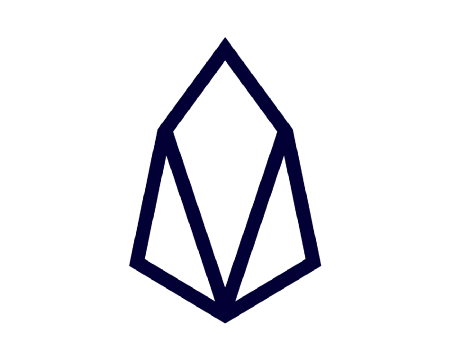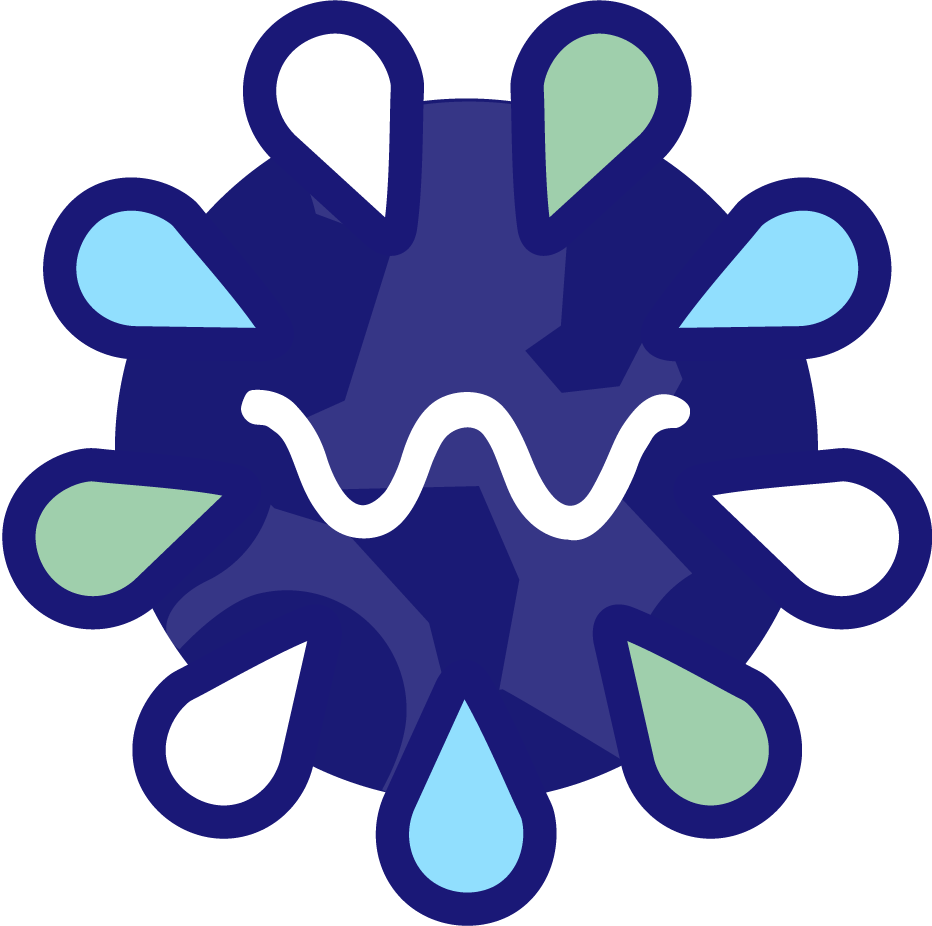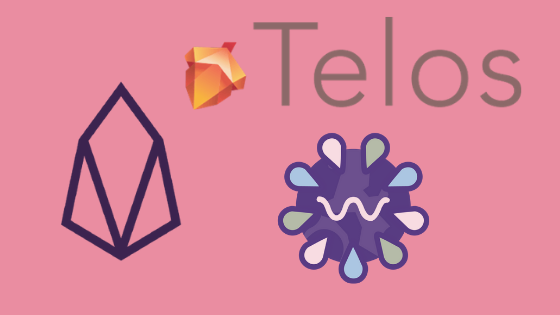
In Part 1 we covered what an EOSIO sister chain was. In this piece we look at how the two pre-eminent contenders, Telos and Worbli compare to the EOS MainNet. Let the battle commence!
EOS MainNet

More information: no single website
Network status: Launched early June 2018
Value proposition: the original EOSIO based chain.
Pros
- The big sister of them all. As such it captures most of the mindshare from Block Producers (BPs), investors (it has the highest market cap of all EOSIO chains by a huge margin), distributed application (dApp) developers and users.
- Only chain that can lay claim to the EOS brand.
- Perhaps the only EOSIO chain that makes it economically viable to run a BP node on. With multiple BPs running on other sister chains, the MainNet may effectively subsidise the sister chains.
Cons
- It's size and status means that it has limited range for innovation across the technical and governance aspects that differentiate sister chains.
Telos

More information: https://telosfoundation.io
Network launch status: Launched December 2018
Value proposition: Learnt from the mistakes that EOS MainNet made at launch, more developer friendly.
Pros
- Economic decentralization – Telos based its genesis snapshot on that of EOS, but capped each individual account to a maximum of 40k EOS (this is a cap on the genesis accounts only, in future a single account can acccumulate more than 40k TELOS). Potentially this means that voters are incentivised to vote in the early days as their vote counts for more.
- DApp friendly: a) Lower cost of dApp deployment: TLOS currently trades at around 20-25x lower than EOS making network (CPU, NET and RAM) resources a steal for dApp developers. b) No RAM speculation: have an elected RAM Admin Director who can suggest RAM policy to the BPs and can also purchase/sell RAM to meet their RAM goals. c) Features dedicated to developers: IPFS storage, regular user token holder snapshots (that allow developers to choose which one to base their airdrops on)
- No zombie BPs and equitable pay: Standby BPs are rotated into the top 21 every 3-7 days so they actually need to be ready to produce blocks. On pay, the top 21 BPs get the same pay, whilst an additional 30 standby BPs get 50% of what the top 21 get.
- Proprietary dApps are allowed: EOS MainNet requires all dApps to be open-sourced (although many do not follow this rule), TELOS allows closed source/proprietary dApps.
Cons
- BP pay is unviable: the TLOS token price is too low to make running a BP cost-effective: some estimates that running an EOS BP has a break even token price of ~$1.75 to $2. With a token price 1/25 of that, it's hard to see how BPs operating solely on Telos can fund their operations
- Will it overcome voter apathy: Not clear whether voters will still be incentivised to vote despite the capped voter accounts.
- CPU issues follow from MainNet: Telos might have solved the RAM problem, but the rampant RAM speculation on MainNet has quietened down. What plagues MainNet now is a regular lack of CPU resources for their Apps to run. Telos does not look like it will offer anything novel in this regard except perhaps for the implementation of REX as and when block.one release the feature.
- Smaller user pool, lack of brand name recognition: EOS MainNet has the majority of investor and user interest.
Worbli

More information: https://worbli.io/
Network launch status: Launched November 2018
Value proposition: On a mission to enable opportunity. Worbli wants to build the infrastructure for an honest, efficient and accessible financial system. By developing the world’s most cost-effective and developer-friendly, consumer and enterprise blockchain platform.
Pros
- A walled garden with a user base of AML/KYCed customers: to sign up for a Worbli account requires each user to undergo Know Your Customer (KYC) and Anti-Money Laundering (AML) checks. This will reduce the friction for businesses (primarily financial ones that need AML/KYC).
- Low friction finance setup for companies new to blockchain: Worbli initially promised they would be setting up a digital-crypto bank Gamma bank. They soon came to realise that that would be a huge undertaking which would require resolving regulatory issues across multiple jurisdictions. The ambition has now been tempered somewhat to instead introduce banking like facilities starting with a chain wide crypto-fiat exchange. In theory, once a dApp has been accepted onto Worbli then they should already be able to trade their token for fiat. For companies that have had to deal with delays in getting a bank account, or their token listed on exchanges, this could be a killer feature.
- Proprietary dApps are allowed: EOS MainNet requires all dApps to be open-sourced (although many do not follow this rule), Worbli allows closed source/proprietary dApps.
- Business centric approach: contrary to other EOS sister chains Worbli appears to be following a more traditional business development strategy where they seek to identify and bring value added partners to their network. This is in keeping with their strategy for a curated experience.
Cons
- Centralised for 2 years: for the first 2 years of its operation the Worbli Foundation will exert control of the network directing everything, from which BPs can produce, through to which applications are allowed on the network (only the Worbli foundation can delegate RAM to dApps). Voting for the BPs and Foundation members is currently locked and will not be open until the 2 year period elapses.
- BP pay might be unviable: similar to Telos, the current value of the WBI token is too low to make producing blocks solely for Worbli unviable. However, it is not clear to what extent the Worbli Foundation is offering incentives to BPs to produce on their network.
- Opaque governance model: at the time of publishing this post Worbli had yet to issue their Governance structure and documentation. This post will be updated once they do.
And the winner is
It's still early days with the launch of EOS sister chains. New sister chains seem to crop up monthly with sometimes little to differentiate them. At the moment if your dApp needs the user base, investor community and mindshare etc then the EOS MainNet has to be your first port of call. Telos has some interesting developer centric features that may make it the preferred chain for early developers. If you are developing a finance based application in a heavily regulated industry then Worbli's model for a pre-KYCed/AMLed userbase could be very attractive. However the current lack of public clarity on its governance structure may give some room for pause.
However, with EOSIO based dApps able to run on any EOSIO chain, then dApps may see the choice of whether to run on EOS or a sister chain as closer to an internationalisation feature.
Just as savvy web Apps choose to launch first in Canada, do all their learning and iteration and then re-launch in the USA, we may see dApps apply a similar market launch strategy. Deploy on a sister chain like Telos first where resources are cheap, prove some of the business and financial model and then re-launch on MainNet to access the larger user and investor base there.



Comments